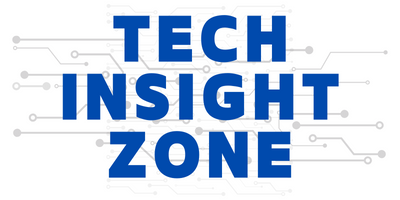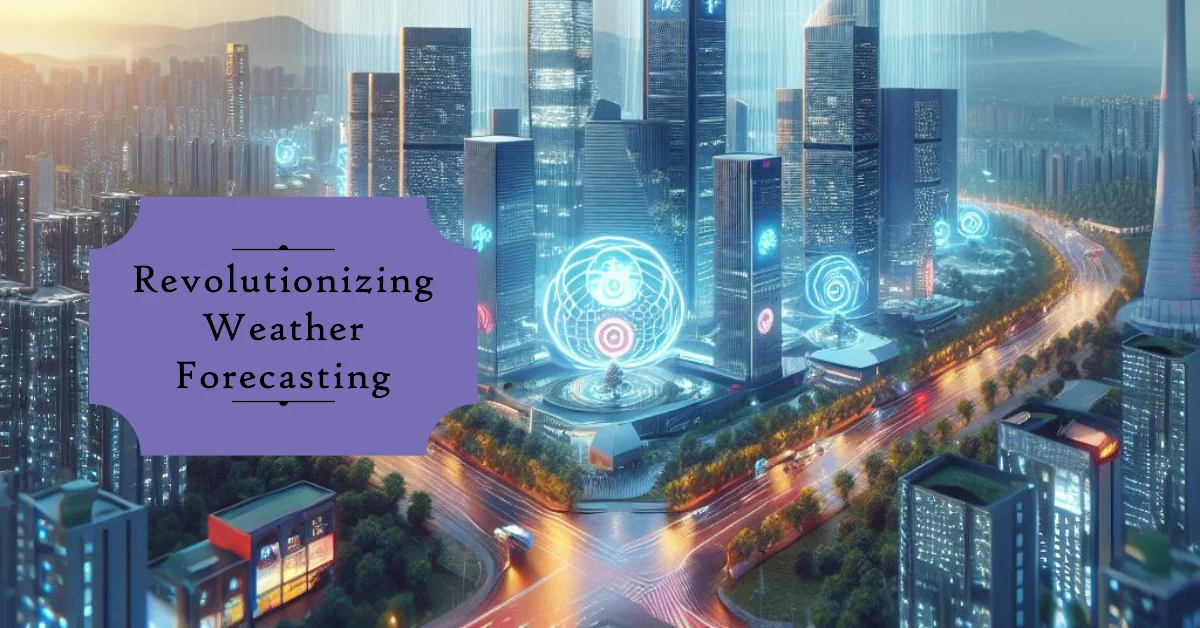Remember that burning feeling every time you see a weather forecast that completely misses your neighborhood? Here’s some amazing news that combines our love for tech with protecting our planet!
Huawei Cloud and the Shenzhen Meteorological Bureau have unveiled a groundbreaking AI weather forecasting model dubbed “Zhiji,” meaning AI, Chinese culture, and good weather all rolled into one.
This first-of-its-kind system ditches the imprecise, one-size-fits-all approach by generating super-accurate 5-day forecasts for areas as small as 3 kilometers!
Imagine knowing exactly when that downpour will hit your street or if that heatwave will steer clear of your city altogether.
But why does this matter?
This is a massive leap compared to traditional models with their clunky 25km range.
Zhiji leverages the power of Huawei Cloud’s Pangu AI weather model, already recognized for its scientific achievements. Trained on high-quality regional datasets, Zhiji can predict a wider range of weather elements, including temperature, precipitation, and wind speed.
During testing, it even demonstrated impressive accuracy in forecasting cold snaps!
Additionally, this hyper-local precision is a game-changer for disaster preparedness. Think about it: more accurate forecasts translate to earlier warnings for floods, heatwaves, and other extreme weather events.
This translates to fewer lives lost, reduced property damage, and increased resilience for our communities.
But models like ‘Zhiji” can also help us save tons of money during natural disasters.
AI vs. Climate Change: From Financial Perspective
As climate change throws increasingly erratic weather patterns our way, AI forecasting becomes even more crucial. Remember, the World Meteorological Organization reports that weather-related disasters caused nearly $4.3 trillion in economic damage between 1970 and 2021.
Here’s how AI weather forecasting, like Zhiji, can combat climate change from a financial standpoint:
- Early Warnings, Reduced Damage:
More accurate forecasts, especially for extreme weather events, allow for earlier warnings. This translates to better preparedness for floods, droughts, heatwaves, and other disasters.
With more time to react, communities can take steps to protect infrastructure, property, and lives. This significantly reduces the economic burden of disaster recovery.
2. Improved Resource Allocation:
AI models can analyze historical weather patterns alongside climate change predictions. This allows for better resource allocation for disaster prevention efforts. Imagine strategically placing flood barriers in areas most likely to be hit or pre-positioning emergency supplies based on predicted heatwaves.
This proactive approach saves money in the long run compared to scrambling after a disaster strikes.
3. Insurance Industry Optimization:
Precise weather data can help insurance companies develop more accurate risk assessments. This can lead to fairer premiums and better overall financial planning for both insurers and policyholders.
4. Boosting Climate-Resilient Infrastructure:
AI weather forecasting can inform the design and construction of infrastructure that’s more resilient to extreme weather events. Think of building materials and designs that can withstand stronger winds or flooding. This upfront investment saves money in the long run by preventing costly repairs and rebuilds after disasters.
Beyond Shenzhen: A Global Impact
This isn’t just good news for China. The success of Zhiji paves the way for similar AI models to be developed around the world.
Following their achievement with the Pangu model being published in Nature and collaborations with the Thai Meteorological Department, Huawei Cloud is setting a strong precedent for global impact.
Imagine a future where hyper-local weather forecasts are the norm, empowering us to make informed decisions and protect our environment.
Tech Insight Zone – Stay Tuned for More!
This is just the beginning. We’ll be keeping a close eye on Zhiji’s development during the upcoming monsoon season in Southern China. This will be a crucial test for the model’s ability to handle complex weather patterns.
We’ll also be tracking how similar AI models are implemented around the world. Stay tuned for further updates, and remember, tech can be a powerful force for good when we use it responsibly!
In the meantime, check out NVIDIA’s Earth-2 project, which emerges as another beacon of hope, harnessing AI for proactive environmental measures.





